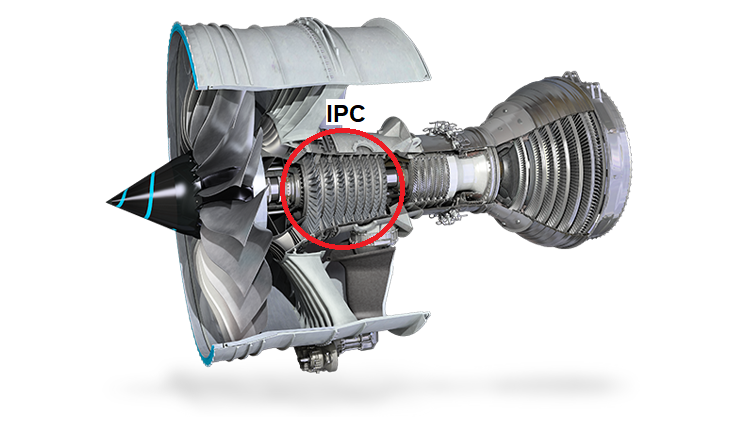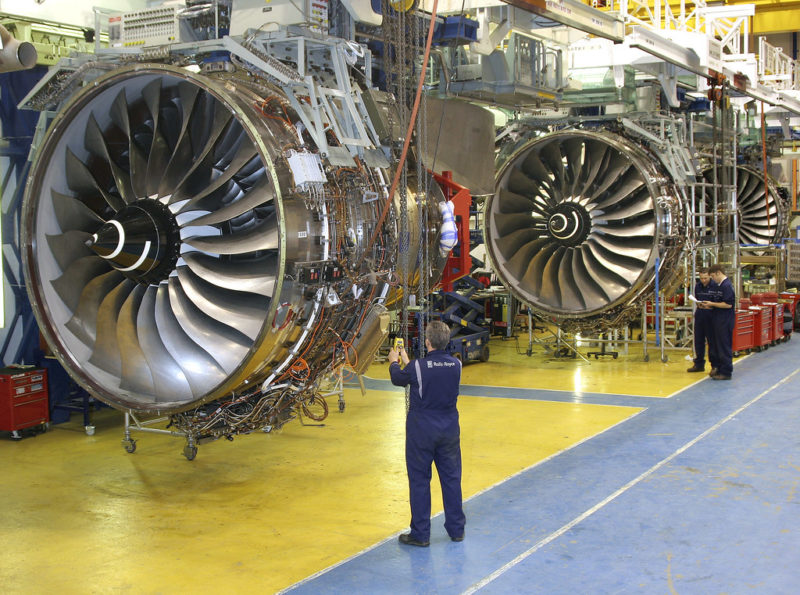The European Union Aviation Safety Agency (EASA) has issued a new airworthiness directive (AD) for the Rolls Royce (RR) engines that power the Airbus A330neo and Boeing 787.
RR Trent 7000 and Trent 1000 are both high-bypass turbofan engines, which correspondingly power the Airbus A330neo and Boeing 787 Dreamliner. Trent 1000 is one of two engine options, competing with the General Electric GEnx.
What is the Problem With These Engines?
This AD was prompted after the discovery of cracks in the front air seal of the intermediate-pressure compressor (IPC) shaft assembly, during stripping of a flight-test powerplant. Follow-up inspections of other in-shop engines revealed two more cracked front air seals of IPC shaft assemblies.

In order to comply with this AD, repetitive on-wing inspections are required between the fourth (rearmost) seal fin of the assembly front air seal and the IPC Stage 1 disc.
This condition, if not addressed, could lead to IPC shaft failure; possibly resulting in engine in-flight shut-down, causing damage to the engine and consequential damage to the aircraft.

Required Actions
According to EASA, the timeline for checks is staggered with strictest criteria:
- If the engine has 700 flight cycles (FC) or less, before exceeding 500 FC or within 100 FC after the effective date of this AD whichever occurs later
- More than 700 FC and up to 1000 FC (inclusive), within 50 FC after the effective date of this AD
- More than 1000 FC, within 25 FC or 30 days whichever occurs first after the effective date of this AD
Inspections need to be repeated at intervals not to exceed 200 flight cycles. If cracks are detected, the engine must be removed from service to undertake corrective measures developed by Rolls-Royce.
Cover Photo by TheTimesUK




